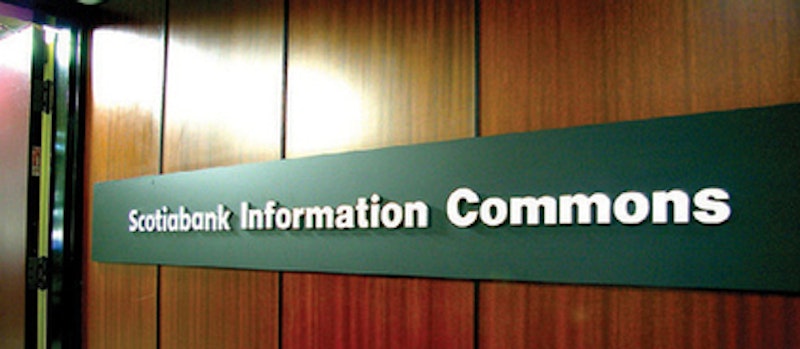"The word ‘innovation’ is an interesting one,” he says. His definition of innovation means more the “bringing goods to market.” Innovations benefit society when they are treated as public goods, says Valleau. “The scholarly researcher is supported by the public, works in a public institution, uses public equipment, and the results are surely open to the public. Furthermore, knowledge is not profitable. It is not diminished by use if shared. It should be part of the common knowledge. That, I think, is the principle of scholarly activity.”
“What scholars do is they test the limits of their understanding. With theories, you can never prove a theory, you c a n only disprove it or discuss what range it covers, and so on. What one can do is to test the limits of our understanding, and in doing that, one creates new paradigms of understanding.”
Unlike academics, powerful people have an interest in maintaining the status quo, to not be supplanted by up-and-comers. The revolutionary quality of true innovation, therefore, poses a serious threat to industry and government alike.
Janice Newson, York University sociology professor and co-author of Universities Mean Business, agrees with Valleau’s assessment of the situation. While visible signs of corporate presence are only now appearing, she says, corporations have been highly involved in Canadian universities for at least three decades. Newson characterizes corporatization as a weed: “In the ’90s the tubers began to send up shoots, and the shoots were names on university buildings that belong to big corporations.” A few instances from the 1990s offer hints to the present underlying corporate culture at Simcoe Hall.
The Toronto-based pharmaceutical company funded Olivieri’s research in deferiprone (an experimental drug for people with thalassaemia), but Olivieri started to lose faith in the drug and came to believe that it was causing serious side affects. Apotex disagreed and threatened legal action if she violated her contract by making her claims public.

